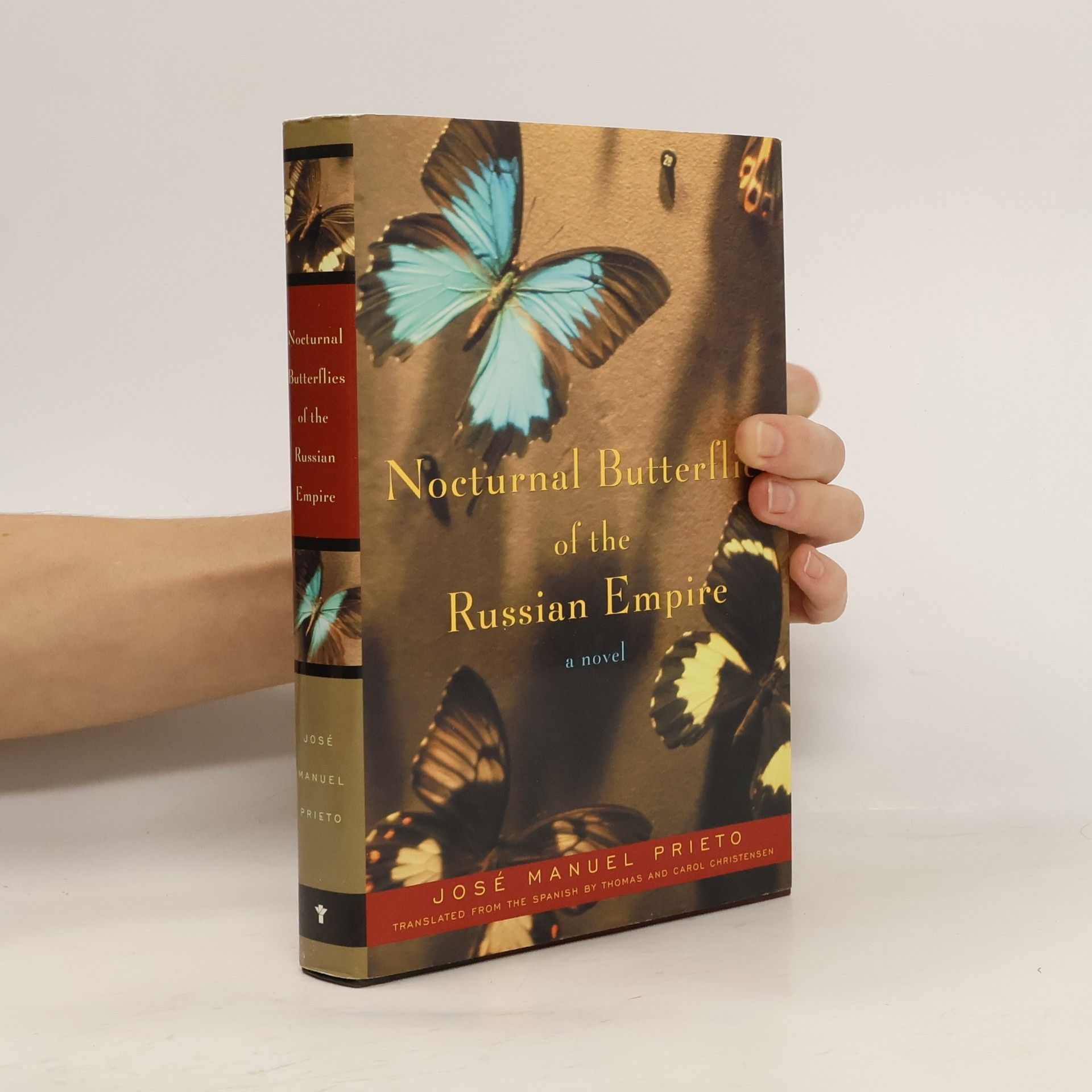Nocturnal Butterflies of the Russian Empire
- 224pages
- 8 heures de lecture
Offered a commission to illegally trap a rare Russian butterfly, J. decides to use the opportunity to smuggle his Russian lover, who has no papers, back into her homeland, but after she mysteriously vanishes in the port of Odessa, he spends his time waiting for her return, reading her letters, and h

